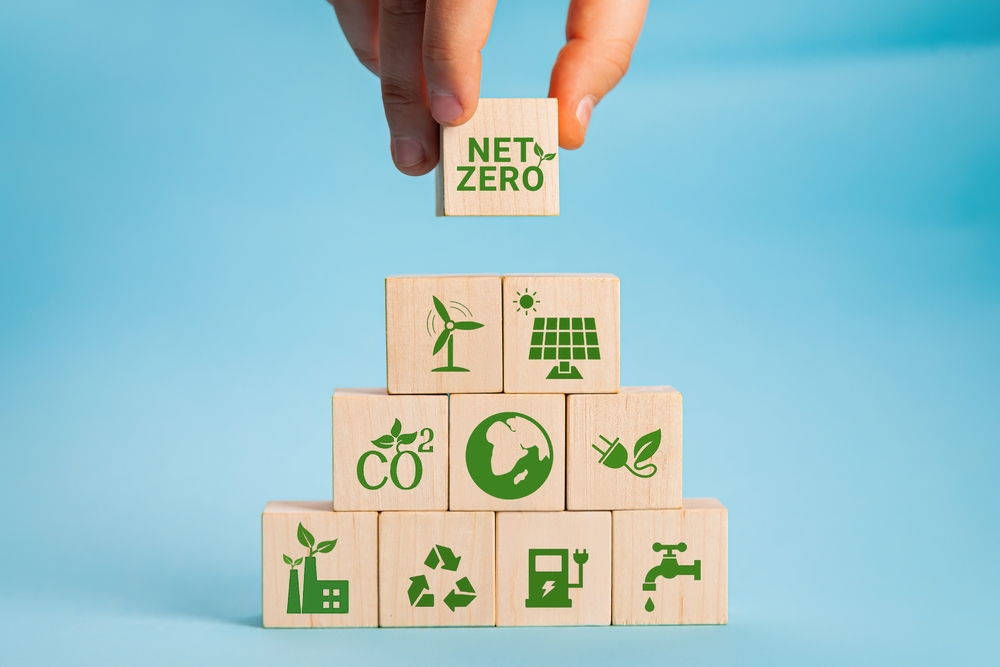Distributed Energy Resources, Energy Efficiency, GHG Emissions - February 7, 2024
USPS Sets 2030 Sustainability Goals
The U.S. Postal Service (USPS) announced a set of new sustainability targets for fiscal year 2030 to reduce GHG emissions and waste at all levels of the organization's operations.
The Postal Service's new sustainability targets include lowering GHG emissions across the organization by moving freight from air to ground transportation, optimizing delivery routes for trucks and carriers, and procuring reduced-emission and zero-emission vehicles.
By fiscal year 2030, USPS seeks to lower Scope 1 and Scope 2 GHG emissions by 40% and GHG emissions by 20%.
It also plans to increase renewable energy use to 10%, increase recycled content of packaging to 74%, and increase package recyclability to 88%. Additionally, it will increase its procurement of on-site renewable energy and renewable energy certificates.
The USPS also began in 2024 the introduction of at least 66,000 battery electric-powered delivery vehicles into its fleet and is building a nationwide network of electric vehicle charging stations to deploy its emission-free vehicles.
The USPS will continue to explore the feasibility of achieving 100% electrification for the delivery vehicle fleet. In January, the Postal Service debuted the first of tens of thousands of electric charging stations that will eventually be used to power zero-emission USPS delivery trucks.
"The improvements we need to achieve in sustainability are an integral outgrowth of the broader modernization efforts we have undertaken through our 10-year Delivering for America plan," said Postmaster General and Chief Executive Officer Louis DeJoy in a statement. "As we transform our operating processes and invest in new automation, new technologies, and upgraded facilities and vehicles, we will generate significant efficiencies that reduce our costs, minimize waste across all functions of our operations and slash our carbon footprint."
Read These Related Articles:
Stay Up-To-Date












